Kitchen Knives Manufacturer
Leading Kitchen Knife Manufacturer In Yangjiang, Guangdong, China
Since 2017, Chuanghe has been a major knife supplier in Yangjiang. We have been contributing to the improvement of kitchen culture by supplying superior quality kitchen knives. Our knives are used by the top chefs all over the world. Chuanghe knives are becoming more and more popular also among discerning hobby chefs.
The outstanding edge of the Chuanghe knives has been achieved by combining the best of advanced technology with the unsurpassed knowledge and expertise of the craftsmen making these professional kitchen knives. Their skills have been cultivated in traditional sword making techniques, handed down from generation to generation over one thousand years in Yangjiang, China, the capital of knives and scissors.
Capital of Knives and Scissors in China
Located along the southern coast of China, Yangjiang enjoys fame as the Capital of Knives and Scissors with its wares possessing a history of over 1400 years.
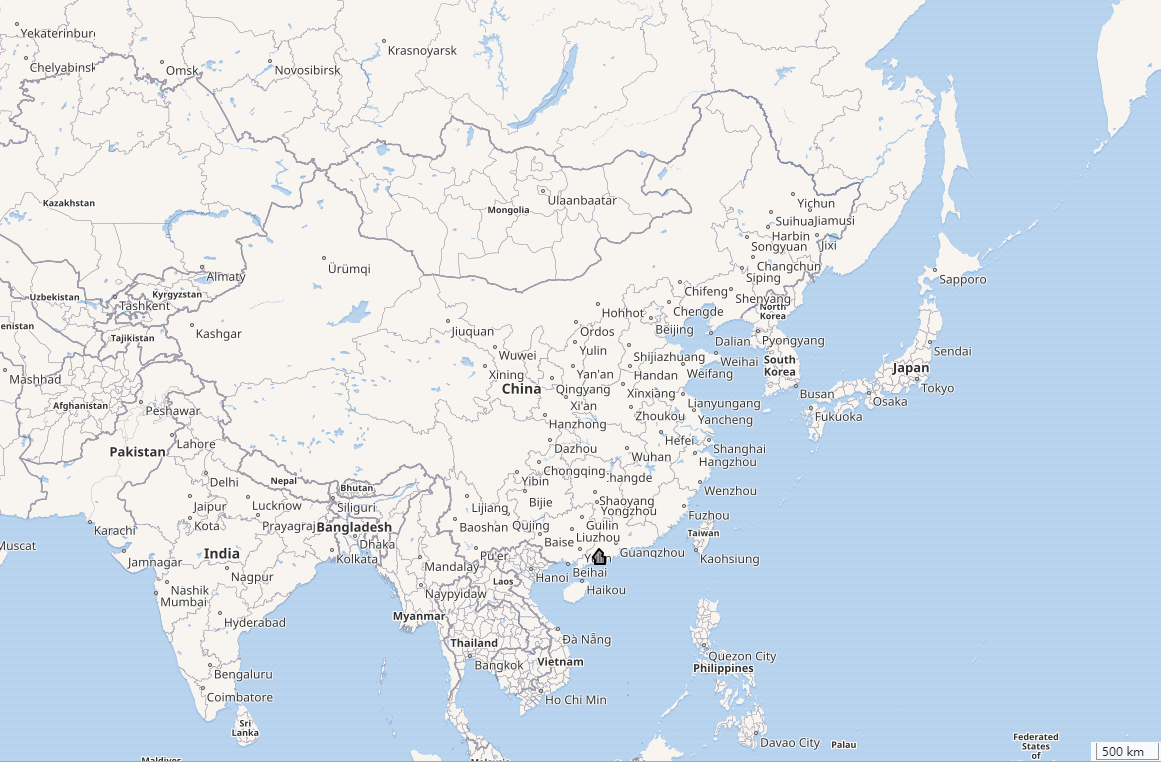
There are more than 1500 hardware knives & scissors enterprises in Yangjiang which occupy more than half of those in China. The output of daily hardware knives & scissors manufacturers in Yangjiang occupies 60% of those in China and the export occupies 80%. The products are sold to Europe, America, Japan, and other 100 foreign countries and regions. Yangjiang has become the largest knives and scissors production and export base in China.
Focus on Damascus Series Kitchen Knives
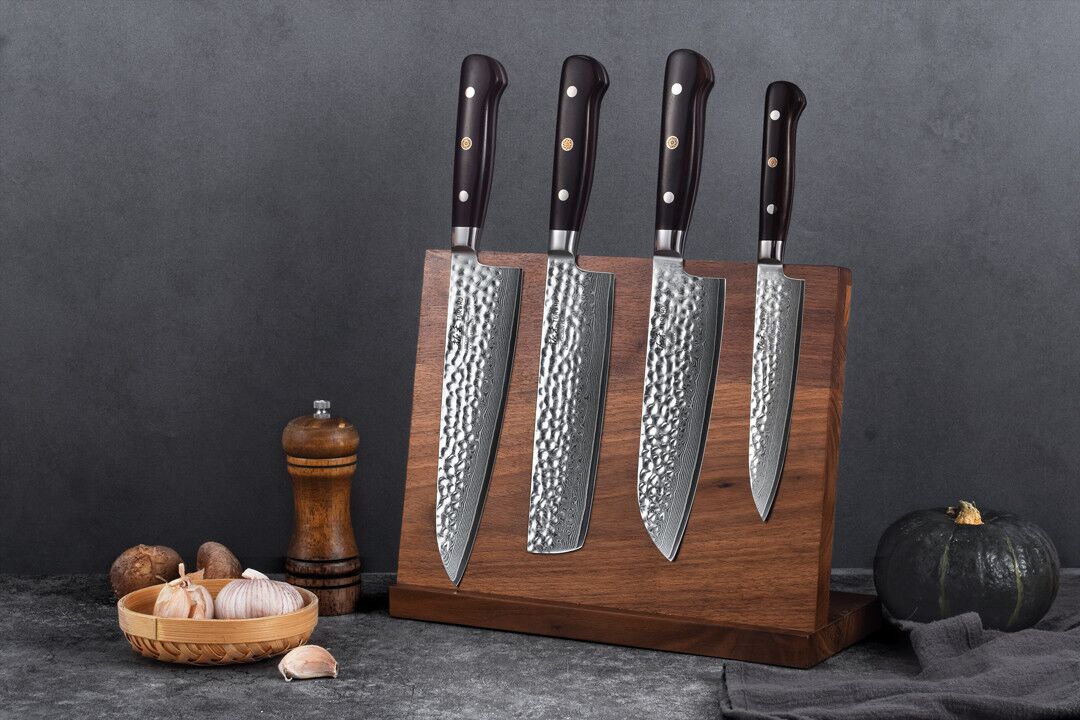
In recent years, we have upgraded our production equipment improved the quality of products, and certified from ISO-9001 and BSCI.
The blade core is made of ultra-hard 10Cr15 High carbon stainless steel which is enveloped by 33 layers on each side with soft and hard stainless steel. This core steel contains a lot of carbon and has an unprecedented hardness of approximately 60+ Rockwell. 10Cr15 steel is used because it ensures a high degree of purity and an exceptionally sharp cutting edge. The surface impresses with a fascinating Damascus design pattern which is the symbol of the highest quality knife and its signature.
Types of Knives
Having a sharp knife that’s the right size and shape allows for better control, making food prep safer and easier.

Blade Shapes(The must-have basics)
Paring knife—A paring knife gets its name from its main function: removing or “paring” away things, such as peels from fruits and vegetables. It’s also ideal for coring, trimming, decorating, and other detail work.

Utility knife—A good utility knife is a must-have in a kitchen knife line up. In size, it’s between a chef’s knife and a paring knife, making it the perfect size for all those in-between tasks.

Chef’s knife—If there is one knife that no cook can be without, it’s a chef’s knife. This all-purpose blade is ideal for a wide variety of cutting tasks. It’s perfect for slicing and dicing small to medium-sized fruits, vegetables, and other foods. With its curved belly, the chef’s knife can be gently “rocked” through fresh herbs or spices to produce a very fine mince.

Specialty Blade Shapes
Yanagiba–To use a yanagiba, gently pull it through the food using just the weight of the blade itself to do the cutting. The incredible sharpness of this single-bevel blade reduces loss of the natural juices and creates clean cuts. The yanagiba is most often used for slicing raw fish for sashimi and for slicing sushi rolls, yet is also perfect for preparing a variety of proteins.
Menkiri– A menkiri is a noodle-cutting knife. The long, straight, razor-sharp edge contacts the cutting board completely to make cutting a folded sheet of fresh noodle dough almost effortless. In the same way that it can cut beautiful, even, delicious noodles, it is equally adept at cutting a full range of fresh, homemade pastas, and offers excellent cutting control while slicing vegetables.
Asian Multi-Prep–In Japan, this nimble,triangular blade is called a honesuki. It’s perfect for boning poultry and trimming meats. Yet it also has a wide variety of other food prep functions—from slicing garlic to trimming vegetables. The narrow tip is ideal for maneuvering around bones and between joints. The wider end makes slicing vegetables like shallots or trimming green beans quick and easy. This blade shape provides a high level of control, which is especially important when boning or handling small to medium-sized fruits and vegetables. If you like a compact, agile knife, the Asian Multi-Prep will be your new go-to.

Boning/Fillet–For boning, the narrow, sharp, curved blade gets in close, making it easy to separate meat from bone. It’s perfect for trimming the silver skin from a tenderloin or roast or even making your own cutlets. The narrow blade reduces the drag as you cut against the meat, and the six-inch length is just right to glide through fish, quickly removing bones and skin.
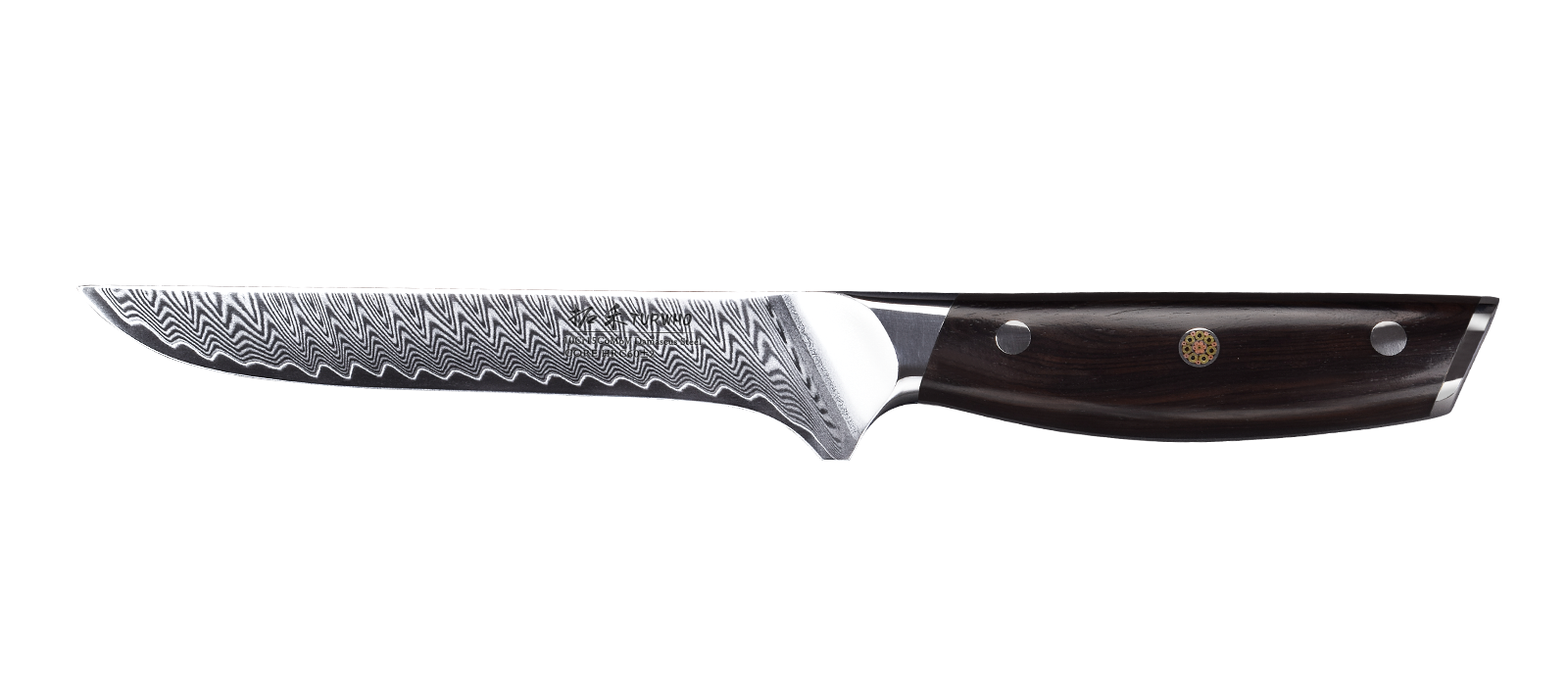
The great-to-have Collection
Bread knife—If you bake or buy whole loaves of bread, this knife will be one of the most-used tools in your kitchen. our bread knives feature razor-sharp, wide, “low frequency” serrations. The serrations let you gently cut through the bread without crushing and with fewer crumbs. Unlike sawtooth serrations, our wide serrations cut through the bread without tearing, keeping the bread’s texture intact.
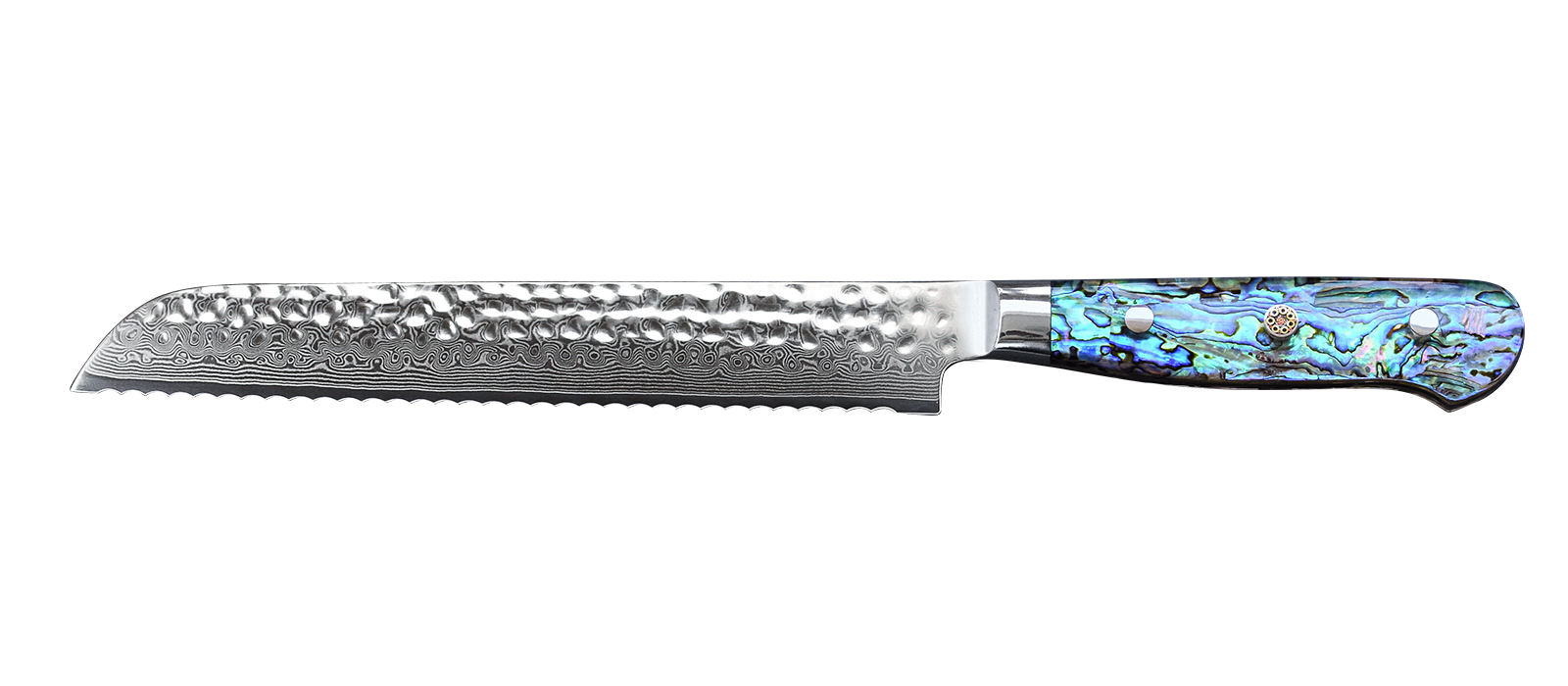
Slicing knife—A slicing knife is long and narrow, enabling you to make even slices without sawing. This kind of clean cut keeps more of the flavorful juices inside the meat. Along with the Shun-sharp edge, the narrow blade profile enables the blade to glide through the protein with less friction so each slice is perfect.

Steak knife—The key to a delicious steak is keeping more of the flavorful juices where they belong—inside the steak. A razor-sharp knife glides through your steak, cutting fewer of the capillaries in the meat and keeping more of the juices inside. You will be astonished at what a difference it makes!
Santoku Knife–A santoku is an Asian-inspired knife that many cooks today have added to their kitchen favorites. A knife of many talents, a santoku easily handles all thebasic cutting tasks. Slightly shorter than the standard chef’s knife, the santoku is light, agile, and very easy to maneuver.

Blade Materials
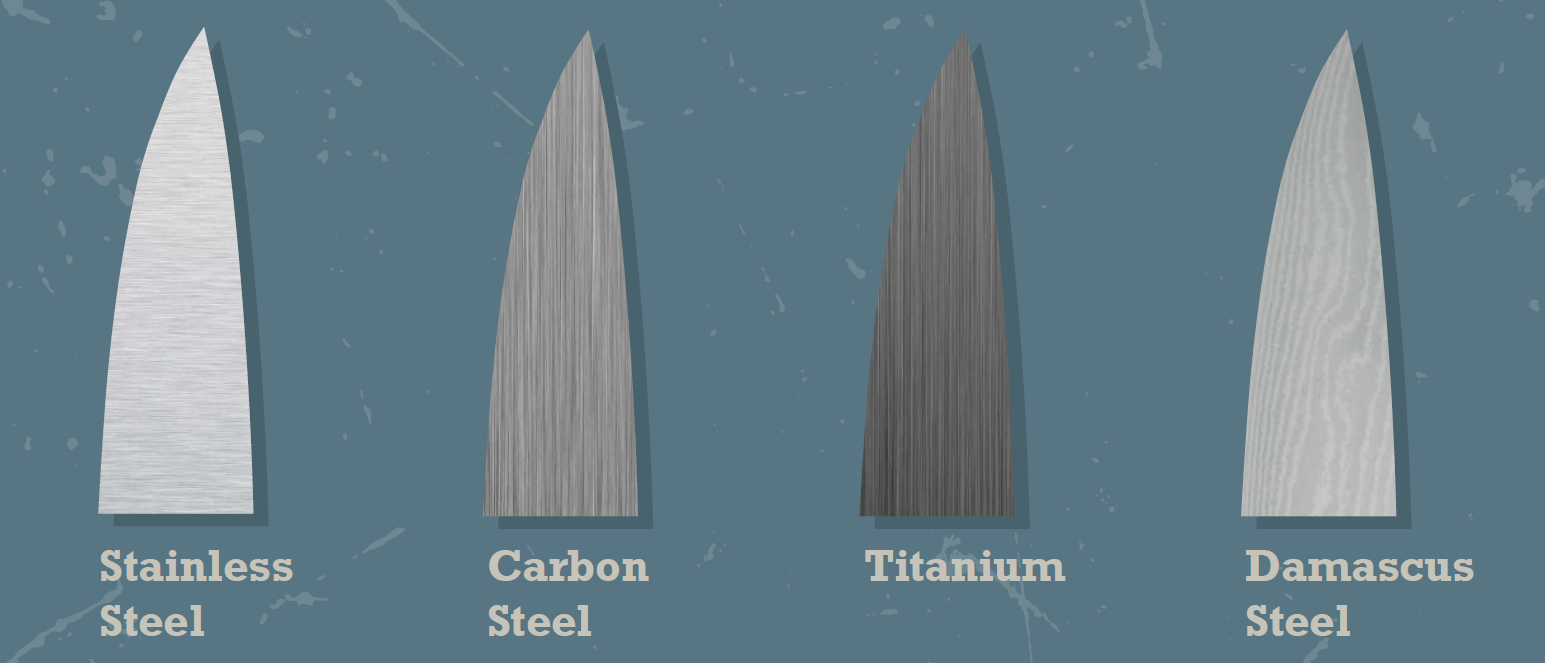
Stainless Steel Knife Blade
Less expensive knives tend to be made from low carbon stainless steel. As a result of the price they are likely to require re-sharpening a little more often than other materials. Stainless steel will however not stain or discolour.
Carbon Steel Knife Blade
With a higher carbon make up than stainless steel,Carbon steel is easier to sharpen and will retain its cutting edge for longer, as a result they are slightly more expensive than regular
stainless steel knives.
Titanium Knife Blade
The three key properties of titanium that make it the ideal metal for knives are its corrosion resistance, incredible strength and lightweight feel. Often mixed with ceramic, silver or diamond, knives are durable and easy to maintain.
Damascus Steel Knife Blade
A carbon steel core, encased by steel that has been hardened and tempered to achieve alternating hard and soft layers. This not only means knives are incredibly strong but they are also easily ground to be razor sharp.
With a dedication to exceptional customer service and a low MOQ purchase policy, we aim to cater to the needs of retailers of all shapes and sizes.
Shop the Knives at our: Alibaba Store
Follow us on: Instgram


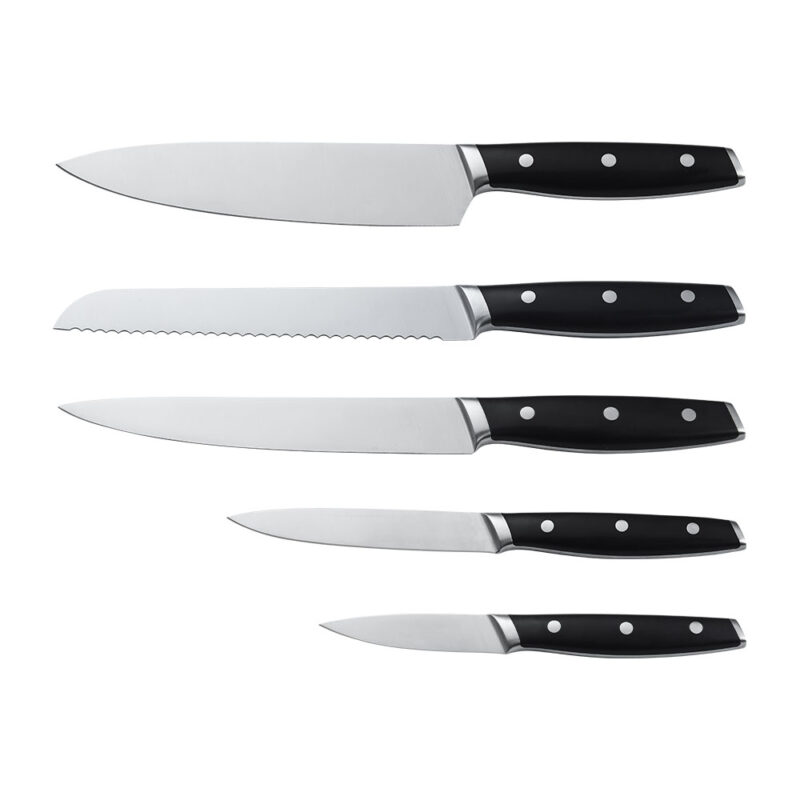
What is your MOQ for a custom knife?
Hi Kristy, you can contact our sales team for MOQ. Have a nice day.
No wonder. So many knives are made in Yangjiang.
Have you had a client from Iran who approved you so that I can trust you? I want to buy from a knife manufacturer in China for the first time.
Hello Kazem we are focused on kitchen knives for many years and pls no worries.